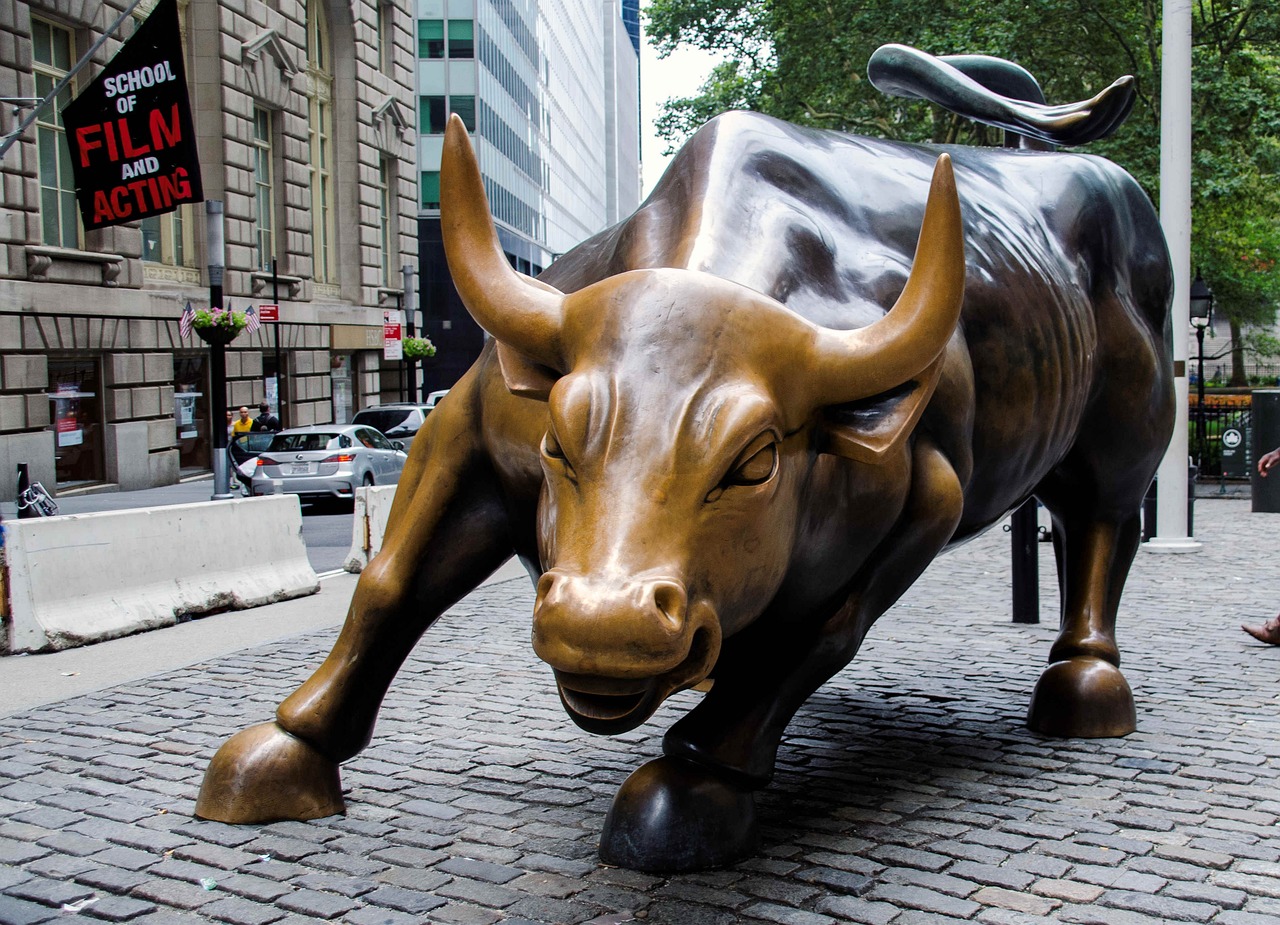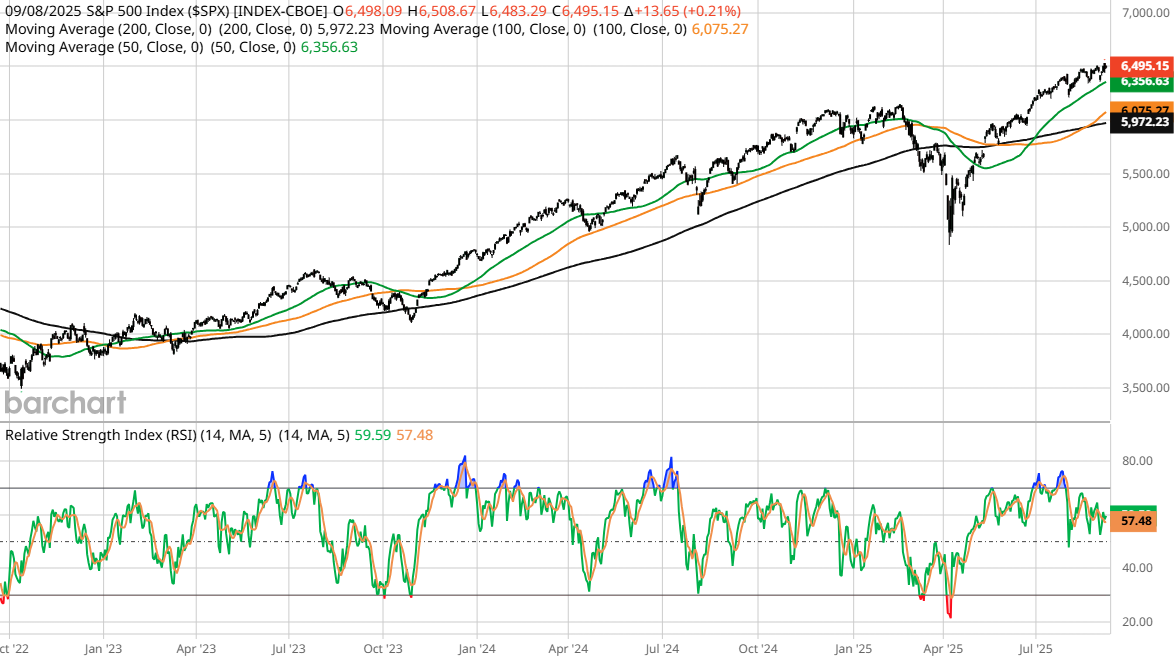- Home
- Markets
- Who We Are
- Mission
- Services
- Newsletters
- Livestock Sales/Services/Sources
- Ag Links
- Contact Us
- Livestock Overview
- Market Overview
- Futures
- Options
- Charts
- Historical Data
- Market Heat Maps
- AgPlus
- Cash Bids By Zip
When Bull Markets Make You Feel Invincible: Why Discipline Wins

After a bull run, most investors feel unstoppable. They convince themselves that risk is behind them, upside is unlimited, and the best strategy is to press harder. The market feeds that illusion, and it is in those moments that mistakes are made. I have watched it happen time and again over the last 35 years. In the late 1990s, technology stocks turned investors into geniuses overnight, until they didn’t. In the mid-2000s, financials appeared to be a surefire investment until the collapse erased fortunes. More recently, the meme stock mania of 2021 gave the same feeling of invincibility, only for most of those gains to evaporate.
The lesson never changes. Markets punish overconfidence and reward discipline. The edge is not found in chasing every rally but in sticking to a process and thinking about risk before reward. Long-term winners know that capital preservation matters just as much as capital growth. If you let emotion dictate your positioning, the market will eventually take it all back. Those who build wealth over decades are not the ones who sprint the hardest at the top but the ones who know when to slow down.
The Psychology Of The Bull Run
A bull run creates a powerful psychological trap. When markets rise day after day, investors start to believe their success is the result of skill rather than environment. A strong tape is mistaken for personal genius. The market feels easy, and that ease can be dangerous. Gains naturally breed confidence, but when that confidence turns into conviction that nothing can go wrong, investors slip into what I call the “invincible phase.” In that state, caution fades and risk-taking grows, because the most recent experience has been positive.
Behavioral finance has long studied this pattern. Recency bias tells us to expect the future to look like the recent past, so investors project more gains. Overconfidence bias convinces them they have special insight, when in reality they are simply riding a wave that eventually breaks. In 2021, retail traders lived this cycle in real time. They made fast profits in meme stocks, then rolled those gains into even riskier corners of the market, certain the rally would never end. It did. The lesson is simple but easy to forget. Market cycles do not care about your last trade. The crowd’s memory is short, but the market’s discipline is permanent.

Why Overconfidence Destroys Returns
Overconfidence is the silent destroyer of returns. Once investors feel invincible, they stop being satisfied with steady gains and start reaching for more. That usually means buying higher beta names, adding leverage, or betting on weaker companies that only look attractive in a roaring market. The problem is that at the tail end of a run, risk-adjusted returns deteriorate. Prices rise more quickly than fundamentals, and the likelihood of profiting from the risk you take decreases daily.
History offers plenty of examples. The SPAC boom is a recent one. Early investors who entered at low valuations, drawn in by headlines and euphoria, latecomers piled in when the quality of deals had already collapsed. They were left holding the bag. The same story plays out at the institutional level. Archegos in 2021 used extreme leverage on a concentrated book until a margin call wiped it out in days. Long Term Capital Management in 1998 built an empire on complex trades that unraveled just as quickly. The pattern is timeless.
Making money is not difficult; the difficult part is keeping it. The market always gives opportunities, but only discipline keeps those gains intact.
The Discipline That Actually Works
The discipline that works in markets has nothing to do with feelings and everything to do with process. When prices run, emotion tells you to press harder. Process tells you to slow down and measure risk first. My rule has never changed: think about risk before reward. Upside only matters if you are still standing to capture it.
That discipline starts with position sizing. No single trade should ever dominate your portfolio’s risk. If it does, you are exposed to a single point of failure. The next step is predefined exits. Hope is not a strategy, and hoping out of losses is the fastest way to compound mistakes. You also need to review trades unemotionally. Was that win the product of real skill, or did luck and timing play a bigger role? Honest answers shape better decisions.
During GE’s breakup, many investors chased headlines and got whipped around by noise. We stayed focused on structure and catalysts. That approach captured a 400 percent move without blowing up in the process. The point is to manage risk with discipline, not eliminate it. Consistency is key and will keep you alive.
How Investors Should Act Right Now
The recent bull run across tech, energy, and select industrials has left many investors feeling strong. Portfolios look healthy, confidence is high, and the temptation is to keep pressing. Yet this is exactly the point in the cycle when risk is at its highest. The market always feels safest right before it turns.
The right move now is not to chase, but to review. Please review your exposures thoughtfully and consider whether you are extending beyond your process. If you are leaning on leverage to amplify gains, start cutting it back. If you have fully invested but lack cash, please think about raising some. Optionality in volatile markets is underrated. Cash gives you the ability to act when others are forced to retreat. Above all, re-center your focus on catalysts and fundamentals, not headlines and price action.
A clear example today is the contrast between chasing (NVDA) at record highs versus accumulating undervalued spinoffs where risk and reward are asymmetric. One is crowded and vulnerable to any stumble. The other factor is often ignored and has specific catalysts that generate value independently of the broader market trends. Discipline in this environment does not mean doing nothing. It means positioning yourself to survive and then thrive.
Market cycles have a simple rhythm. They reward patience and punish euphoria. When the tape is strong, the crowd feels unstoppable, but that is when discipline matters most. Overconfidence silently destroys portfolios, rarely revealing its presence until it's too late.
After 35 years in the markets, I have witnessed every variation of this scenario unfold. The investors who are still compounding today are not the ones who press hardest during bull runs. They are the ones who managed risks at the very moment they felt strongest. They knew that gains are only real if you keep them.
Never let the bull make you feel invincible. Stick to your process, stay unemotional, and prioritize risk at all times. That mindset is what separates those who ride one wave from those who build lasting wealth across many.
On the date of publication, Jim Osman did not have (either directly or indirectly) positions in any of the securities mentioned in this article. All information and data in this article is solely for informational purposes. For more information please view the Barchart Disclosure Policy here.